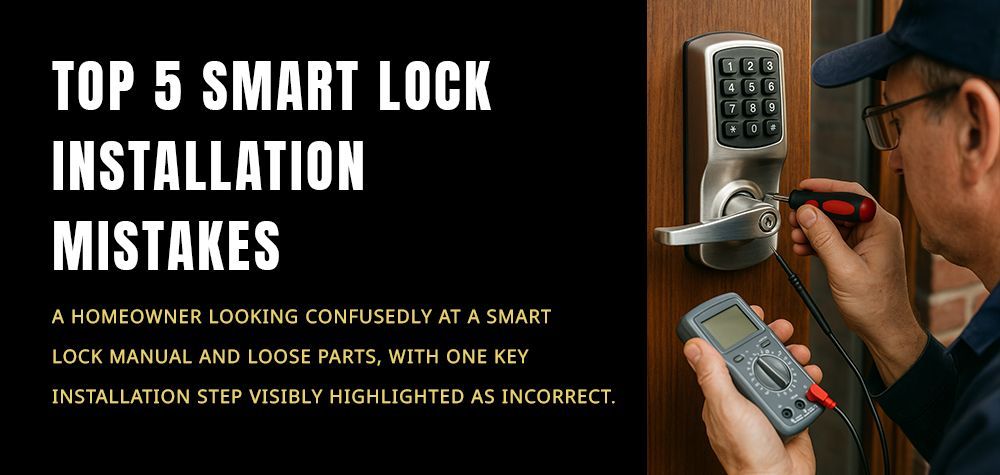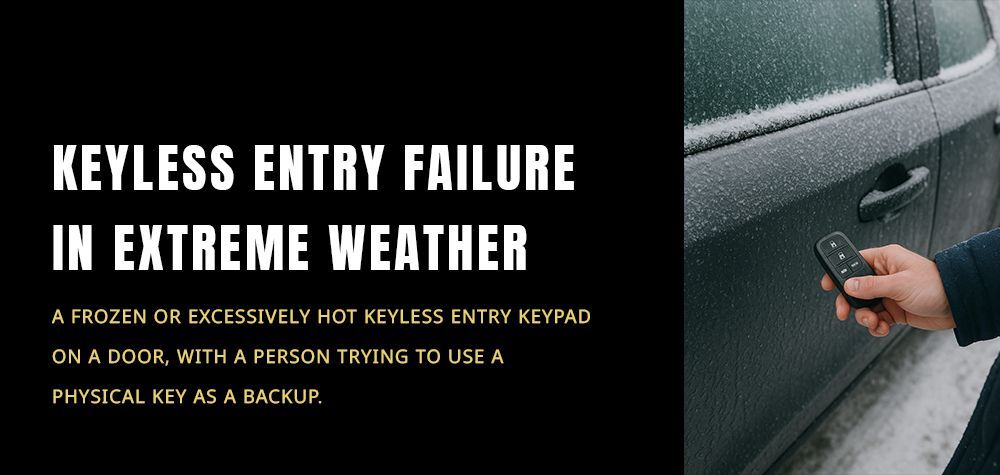Car Lock Repairs After a Break-In: What You Need to Know
A car break-in can leave you feeling rattled, angry, and overwhelmed. Whether it’s a shattered window or a jimmied lock, the aftermath isn’t just about replacing stolen items—it’s about restoring your car’s security and your peace of mind. One of the most critical steps in this process is addressing the damaged locks. Understanding what to do and how to go about car lock repairs can make all the difference in preventing future incidents and getting your vehicle back to full protection.
Let’s walk you through everything you need to know, in plain language, just like a friend who’s got your back.
"Car Key Programming vs Replacement: What's the Difference?"
Understanding the Damage: What Happens to Car Locks During a Break-In?
When a car is broken into, the locks often take the brunt of the attack. Thieves may use tools like screwdrivers, lock picks, or even coat hangers to force their way in. This can result in bent lock cylinders, broken keyholes, disconnected rods inside the door panel, or even complete lock destruction.
In some cases, the locks may still appear normal from the outside—but don’t be fooled. If the locking mechanism was tampered with internally, it could be weakened or prone to malfunction, even if it still turns with your key or remote.
Risks of Ignoring a Damaged Car Lock
You might be tempted to delay repairs if the door still locks or opens. Don’t. Driving around with compromised locks is a risky game. Here’s why:
- Vulnerability to Future Break-Ins: A damaged lock is a weak spot. If someone has already broken in once, your car becomes an easier target the second time around.
- Malfunctions While Driving: Some modern cars have internal lock sensors. A damaged lock could confuse the car’s central locking system, triggering warning lights or auto-lock failures.
- Risk of Getting Locked Out: A damaged lock may jam or stop responding to your key, trapping your keys inside or locking you out unexpectedly.
Step-by-Step: What to Do After a Break-In
1. Stay Calm and Assess the Scene
First, make sure you're safe. If the break-in just happened, move to a secure location and call the authorities. It’s important to file a police report—even if nothing major was stolen.
2. Document the Damage
Take photos of the damaged lock, windows, and any signs of tampering. This will help with both your insurance claim and the repair process.
3. Call Your Insurance Provider
Let your insurance company know what happened. Depending on your policy, car lock repairs may be partially or fully covered, especially if there was forced entry involved.
4. Contact a Trusted Automotive Locksmith
Here’s where things get real. Don’t just take your car to any mechanic or dealership. A certified automotive locksmith specializes in locks and will evaluate not just the damage but also the integrity of your car’s overall security.
A professional locksmith can:
- Repair or replace the damaged lock
- Reprogram your car’s remote key fob if needed
- Rekey your entire vehicle for added safety if your keys were stolen
- Check other locks or ignition switches for hidden tampering
Preventive Measures: Strengthen Security After a Break-In
A break-in can be an opportunity to upgrade your car’s security—not just restore it. Consider taking these additional steps:
Rekey Your Locks
If your keys were stolen during the break-in, don’t just replace the one lock they broke. Have all locks rekeyed so your old keys no longer work.
Install a Car Alarm or GPS Tracker
Many break-ins are crimes of opportunity. A loud alarm or blinking dashboard indicator can make thieves think twice. A GPS tracker also helps recover stolen vehicles more easily.
Opt for Smart Lock Technology
Modern smart locks allow you to lock and unlock your car from your phone or automatically lock after a period of time. These systems are harder to tamper with and offer an extra layer of convenience and control.
Can a Locksmith Really Fix This?
Absolutely. Experienced automotive locksmiths handle break-ins more often than you might think. Unlike dealerships that may replace the entire lock system at a high cost, a locksmith can often repair the lock or rekey it without having to change every component—saving you money while restoring full security.
Bonus: many locksmiths offer mobile services and will come to you, so you don’t have to risk driving a compromised vehicle.
When Should You Replace the Lock Entirely?
There are times when a repair won’t cut it. If the lock has been severely damaged—bent metal, broken tumblers, or electronics that no longer work—replacement may be the safer and more reliable option. Your locksmith will give you honest advice based on the extent of the damage.
Final Thoughts: Turn the Break-In into a Wake-Up Call
Car break-ins are unfortunately common, but they don’t have to leave you feeling helpless. Addressing your car locks after a break-in is about more than fixing a piece of hardware—it’s about restoring your sense of safety. By taking prompt action, working with a skilled locksmith, and investing in stronger security features, you can bounce back smarter and better protected than ever.
Don’t let a thief have the last word. Secure your ride—and your peace of mind.
Call Us Any Time!







